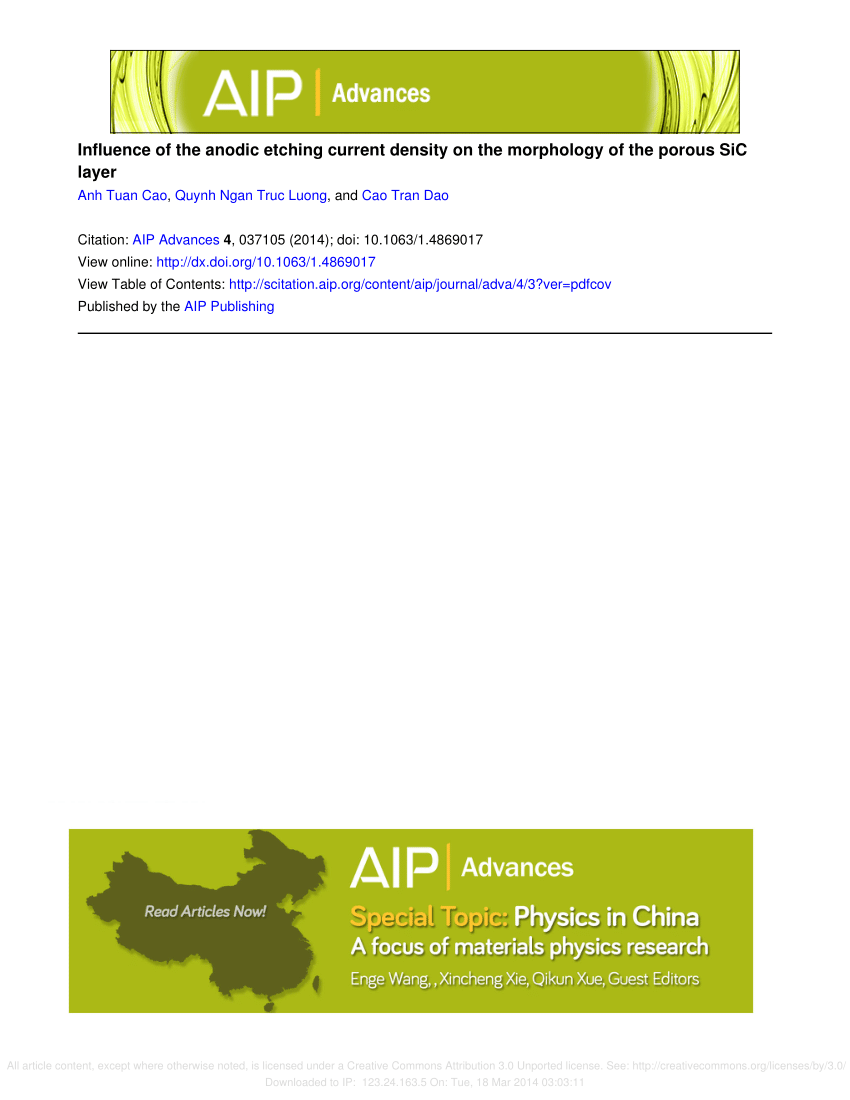各类水平地面热交换器热性能的数值分析
IF 1.4
4区 物理与天体物理
Q4 MATERIALS SCIENCE, MULTIDISCIPLINARY
引用次数: 0
摘要
本文对 U 型管、螺旋管和狭缝管等三种水平地面热交换器(GHE)进行了数值分析,研究了它们在特定边界条件下连续运行 7 天的冷却模式下的热性能,其中长 5 米、宽 2 米、深 5 米的矩形沟槽是每种热交换器建模的基础。管道材料选择了耐久性和耐腐蚀性更强的高密度聚乙烯,土壤和工作流体也选择了粘土和水。为确认模拟结果的准确性并减少计算时间,进行了网格独立性测试,并对模拟模型进行了验证。共有四种类型的修改,在所有情况下,linky GHE 都具有更好的热性能。例如,在相同管壁厚度和不同材料体积的情况下,U 形管、螺旋管和细长管 GHE 的单位沟槽长度热交换率分别为 9.75 W/m 和 13.62 W/m,分别比 U 形管 GHE 高出 53% 和 28%,而细长管 GHE 的单位沟槽长度热交换率为 20.72 W/m。此外,细长型 GHE 的压降也较高(比 U 型管最高高出 87%)。为了平衡热交换率和压降,对热性能能力(TPC)进行了研究。在所有情况下,吊挂式 GHE 的热性能都是最高的。从能量平衡点来看,在相同材料体积和不同管壁厚度的情况下,TPC 的最大值为 1.72。对不同地温下的热交换率进行了有效性研究,结果表明,与螺旋管和 U 形管 GHE 相比,斜管 GHE 具有更高的有效性。最后,在沟槽长度不同的情况下,研究了滑动式水平暖气片的热性能,以探讨在沟槽长度减少的情况下挖掘工作量的减少情况。随着沟槽长度的减少,热交换率和挖掘功也随之减少。与沟槽长度为 3.5 米的螺旋式和 U 型管式水平暖气片相比,沟槽长度为 1.5 米和 1 米的水平暖气片的热交换率仍然更好。本文章由计算机程序翻译,如有差异,请以英文原文为准。
Numerical analysis of thermal performance of various types of horizontal ground heat exchangers
In this paper, three types of horizontal ground heat exchangers (GHEs) such as U-tube, spiral, and slinky were numerically analyzed to investigate their thermal performance in cooling mode for 7 days of continuous operation with specific boundary conditions where a rectangular trench of 5 m in length, 2 m in width, and 5 m in depth served as the basis for the modeling of each heat exchanger. The pipe material was selected to be high density polyethylene for higher durability and corrosion resistance, as well as the soil and working fluid, which were clay and water. To confirm the accuracy of simulation results and reduce the computational time, a mesh independence test was performed, and simulation models were validated. There were four types of modifications, and in all of the cases, slinky GHE has better thermal performance. For instance, the heat exchange rate per unit trench length of slinky GHE was 20.72 W/m, which is higher than U-tube and spiral tube with a heat exchange rate of 9.75 and 13.62 W/m, which is of maximum 53% and 28% than U tube GHE, respectively, for the same pipe wall thickness and different material volumes of U-tube, spiral, and slinky GHEs. The pressure drop of slinky GHE is also higher (maximum 87% higher than U tube). To balance the heat exchange rate and pressure drop, the thermal performance capability (TPC) was examined. The slinky GHE has the highest thermal performance capability for all the cases. From the energy balance point, the TPC valued a maximum of 1.72 for the same material volume and different pipe wall thickness. The effectiveness was investigated to examine the heat exchange rate with different ground temperatures, and the slinky GHE showed higher effectiveness than spiral and U-tube GHEs. Finally, the thermal performance of slinky horizontal GHE was examined with different trench lengths to investigate the excavation work reduction with reduced trench length. With the decrease in trench length, the heat exchange rate and excavation work also decreased. The heat exchange rate of slinky horizontal GHEs with trench lengths of 1.5 and 1 m remained better than that of spiral and U-tube horizontal GHEs with a trench length of 3.5 m.
求助全文
通过发布文献求助,成功后即可免费获取论文全文。
去求助
来源期刊

AIP Advances
NANOSCIENCE & NANOTECHNOLOGY-MATERIALS SCIENCE, MULTIDISCIPLINARY
CiteScore
2.80
自引率
6.20%
发文量
1233
审稿时长
2-4 weeks
期刊介绍:
AIP Advances is an open access journal publishing in all areas of physical sciences—applied, theoretical, and experimental. All published articles are freely available to read, download, and share. The journal prides itself on the belief that all good science is important and relevant. Our inclusive scope and publication standards make it an essential outlet for scientists in the physical sciences.
AIP Advances is a community-based journal, with a fast production cycle. The quick publication process and open-access model allows us to quickly distribute new scientific concepts. Our Editors, assisted by peer review, determine whether a manuscript is technically correct and original. After publication, the readership evaluates whether a manuscript is timely, relevant, or significant.
 求助内容:
求助内容: 应助结果提醒方式:
应助结果提醒方式:


